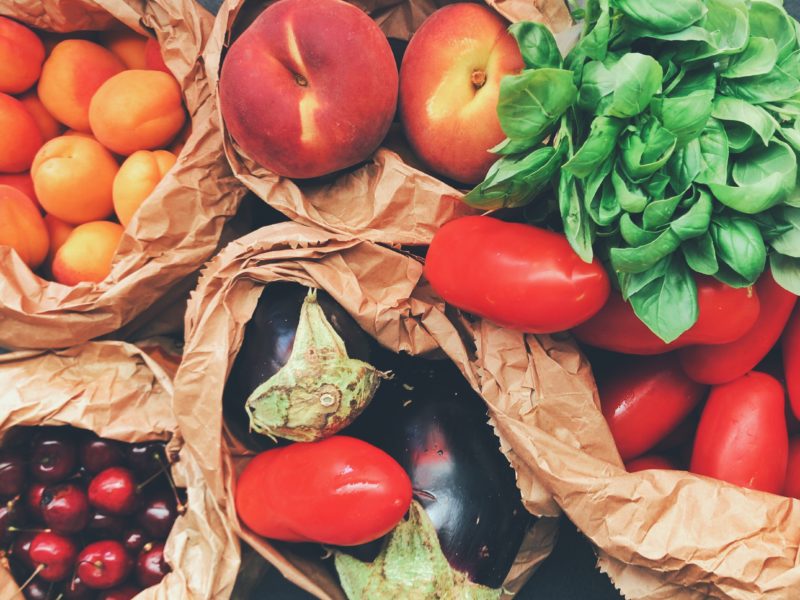
Food waste costs money and is bad for the environment. Learn about my new favorite tool for helping to reduce food waste – a vacuum sealer.
Table of Contents
Intro to vacuum sealers
A few months ago, I scored big in our local buy-nothing-group! Finally, after years of eyeing Black Friday sales but never quite committing, I got my very own Foodsaver vacuum sealer (a basic model similar to this one).
It was love at first seal.
With the click of a button, the machine sucks all the air – and therefore oxygen – out of special sealer bags or vacuum seal jars and seals them. I can make neat little packets of frozen bananas for smoothies, protect vegetables from freezer burn, marinate meat in a flash, prep bags for sous vide cooking, keep the flavor in spices…
Plus, there are lots of non-food uses, such as sealing in important documents or protecting matches from moisture.
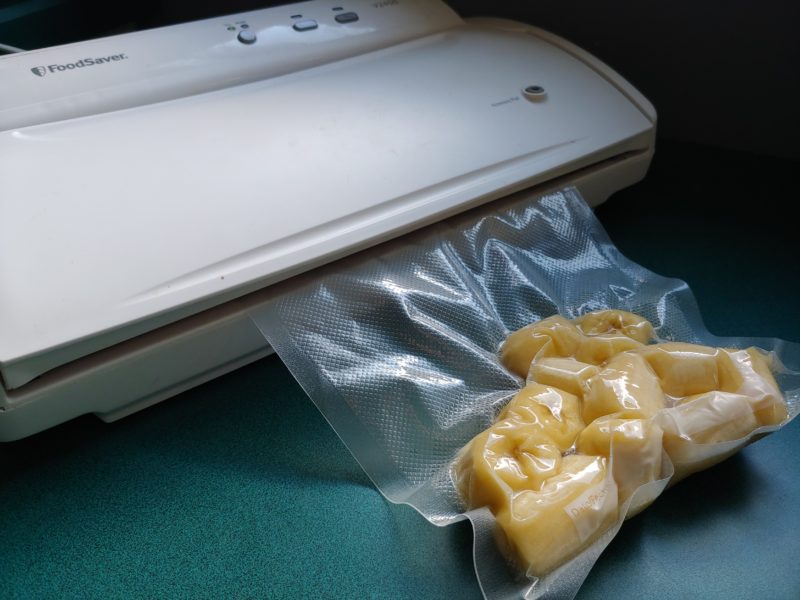
In the early honeymoon phase, I found myself scanning the kitchen for more things, anything, I could pack into vacuum seal bags. Another high came from adding the jar sealing attachments and creating a whole collection of vacuum-sealed dehydrated fruit and bulk beans. Good times!
In the meantime, I’ve calmed down a bit, but life without a vacuum sealer would be just a little less fun.
Prevent food waste with a vacuum sealer
One of my favorite aspects of using a food sealer machine is that it helps to stop food waste.
For context, in the United States, a whopping 30 to 40 percent of the food supply gets tossed every year! That number is especially galling when you consider that in this country 1 in 9 people currently struggle with hunger and food insecurity.

Why is food waste a problem? Well, imagine the effort in the form of labor, energy, water, transportation etc. that went into producing something that just gets discarded. Plus, on the other end, almost all the food we throw away (94 percent) ends up in landfills or combustion facilities.
Clearly, a vacuum sealer isn’t going to solve all of the American food waste problem, but it can help.
For example, vacuum sealing can greatly extend how long you can store many foods in the fridge, freezer and pantry – up to five times longer. I especially like it for frozen meat and vegetables, flour, sugar and spices.
There are only a few items that aren’t suitable for a food sealer (stay away from mushrooms, garlic, soft cheese and unblanched cruciferous vegetables).
A note about plastic
As a side note, I’m not crazy about the extra plastic trash the bags create. I’ve been working so hard to banish plastic bags from our kitchen, for example by replacing them with reusable silicone bags.
But I wash and reuse the vacuum sealer bags as much as possible (a practice condoned by Foodsaver) and use mason jars with the jar attachment whenever possible. I hope that the waste I prevent by not throwing away food and buying items in larger packaging or in bulk (more about that in a sec) makes up for the extra plastic.
Vacuum sealer tips to fight food waste
Alright, without further ado, here are some of the ways vacuum sealing helps to reduce food waste:
- Avoid freezer burn
Freezer burn can occur when your frozen food is exposed to air and gets dehydrated and oxidized. It’s not dangerous, but it’s definitely not appetizing to look at or taste. Vacuum sealing prevents that beautifully, since no air gets in contact with the meat or vegetables.
- Prevent spoilage
Many bacteria need oxygen to grow, so you’re creating unhospitable surroundings for them and prolonging the life of your food. BUT keep in mind that they also typically show you through slime, odor or other changes that you shouldn’t eat that spoiled food. That’s not the case for C. botulinum, which prefers an anaerobic (oxygen-free) environment and can cause deadly botulism. So read up on proper vacuum sealing of foods that you normally store in the refrigerator or freezer to avoid turning your food toxic.
- Make bulk purchases last
Buying in bulk to get a better per-pound price only make sense if you’ll actually use everything up before it goes bad. You can repackage the food into smaller portions and store them away safely. For example, I do that with hunks of cheese, family-packs of meat and buckets of berries.
- Keep snacks fresh
Many of our snacks admittedly don’t stay around for long enough to go stale, but if you don’t finish a bag of chips or pretzels in one sitting, your vacuum sealer will help you keep them fresh for next time. The snacks may get crushed if you suck all the air out, so just create a new seal with your machine’s heat strip. Often you can do that right in the original bag! Bonus tip: make your own little snack packets out of vacuum sealer bags. (Start with slightly oversized bags so you can keep reusing them, even as you cut off the sealed part every time.)
- Prep your vegetables and have them at the ready
By getting your vegetables chopped up and ready to go, you’re a lot more likely to actually use them later in the week in the heat of dinner prep. Many vegetables are best blanched first, especially cruciferous varieties such as broccoli, cabbage etc.
- Save leftovers
Portion out leftovers and freeze them for a future meal. Besides saving yourself time in the future, this is also a good way to save money: take one of your vacuum sealed and refrigerated or frozen meals to work and reheat them there instead of buying lunch.
- Freeze bananas
Banana bread isn’t your only option when your bananas are turning brown. Simply break or cut them into chunks, seal them into a bag and freeze for later. We portion them two to a bag, which is just the right amount for banana swirl (Mika calls it “banana squirrel”), a near-daily staple at our house, or for a large pitcher of banana kefir smoothie.
- Save leftovers
Portion out leftovers and freeze them for a future meal. Besides saving yourself time in the future, this is also a good way to save money: take one of your vacuum sealed and refrigerated or frozen meals to work and reheat them there instead of buying lunch.
- Conserve wine
Our wine consumption is minimal, but occasionally I like a nice sauvignon blanc. There’s always a ton left in the bottle. If you have the same problem, you could use the official Foodsaver bottle stoppers to save the wine for next time, but I recently sealed the leftovers into a mason jar, and it worked well enough for me. (It was a conceptually but not aesthetically elegant solution.)
- Keep avocados green
We always seem to have half an avocado left over. In the past, too often it would turn brown in our fridge and eventually get tossed. Now, I seal avocados in and they are as good as new. Tip: leave in the pit, or put a little vinegar or lemon juice into the hole where the plastic may not touch.
- Preserve guacamole
On a related note, I make little pouches with leftover guac. It stays nice and green and can easily be taken along as a snack (cut off a corner and squeeze it right into your mouth!) or condiment.
These are just a few suggestions how to reduce food waste with the help of a vacuum sealer. How do you use yours? Let me know in the comments!
If you’re interested in another one of my favorite food waste solutions, check out my pantry challenge post.
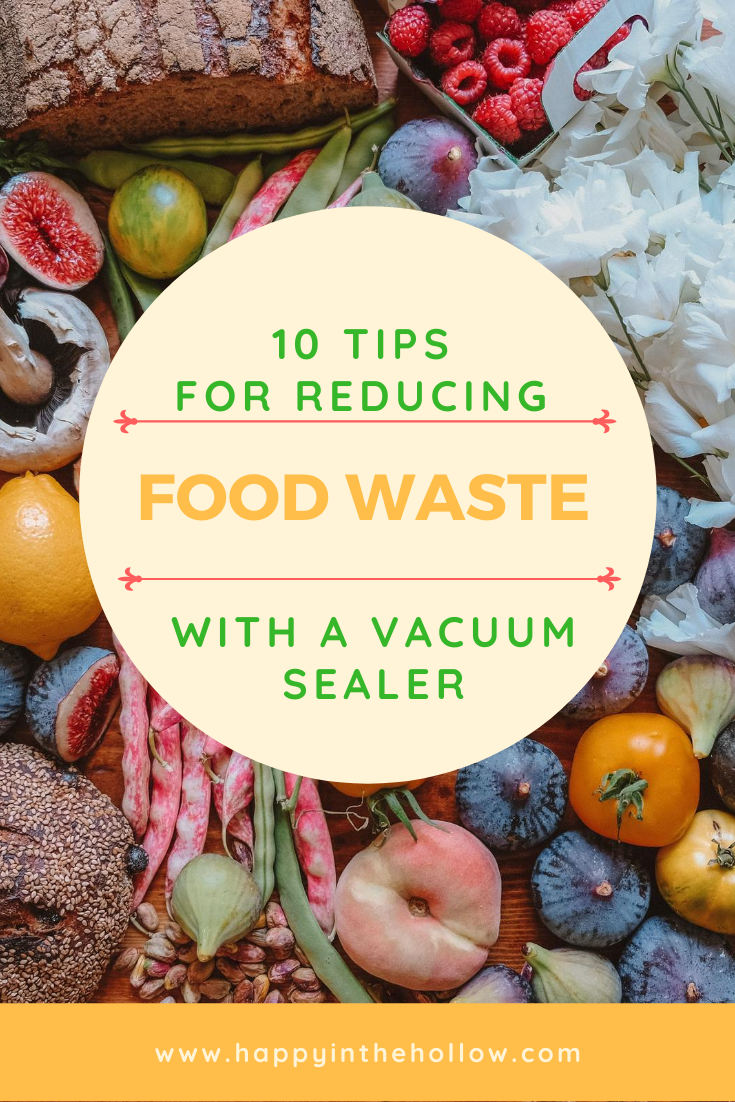


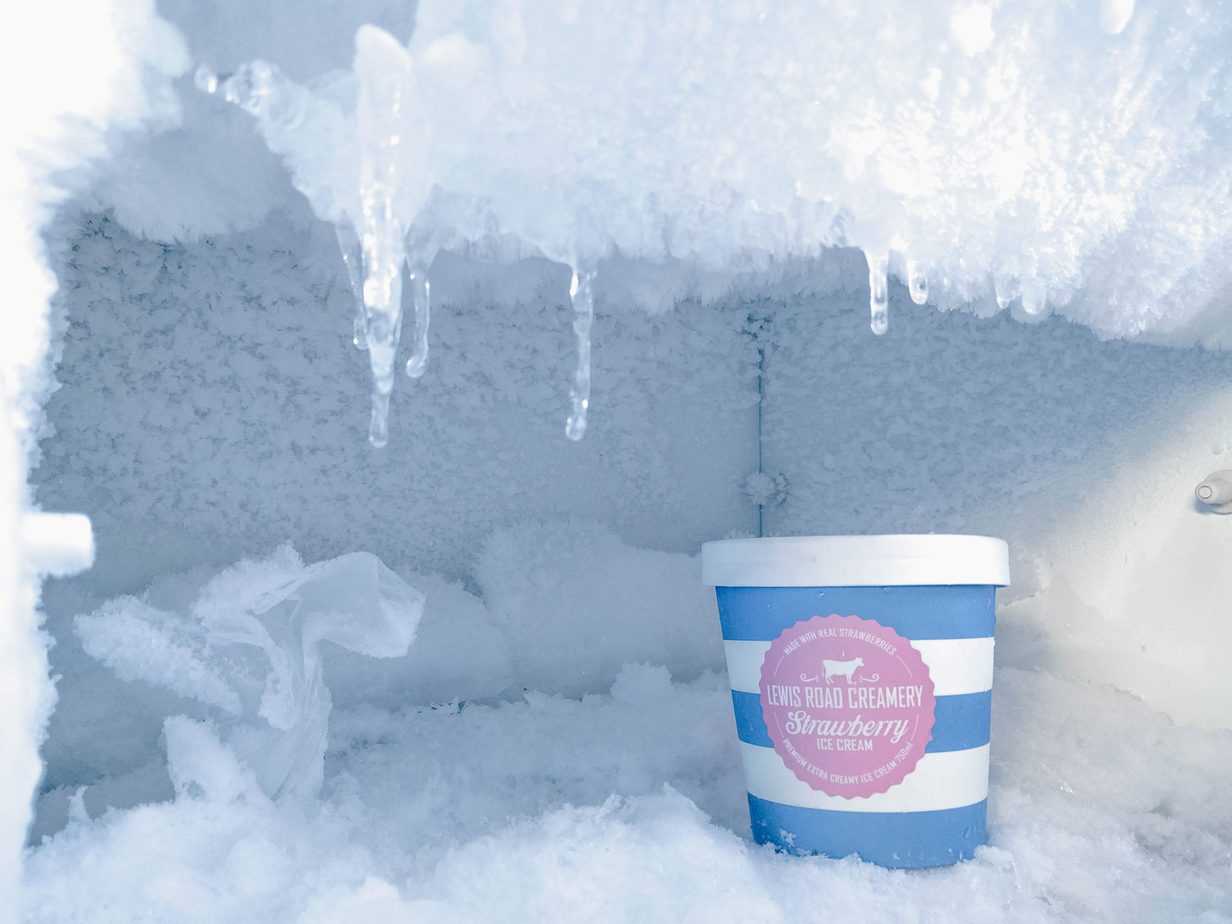



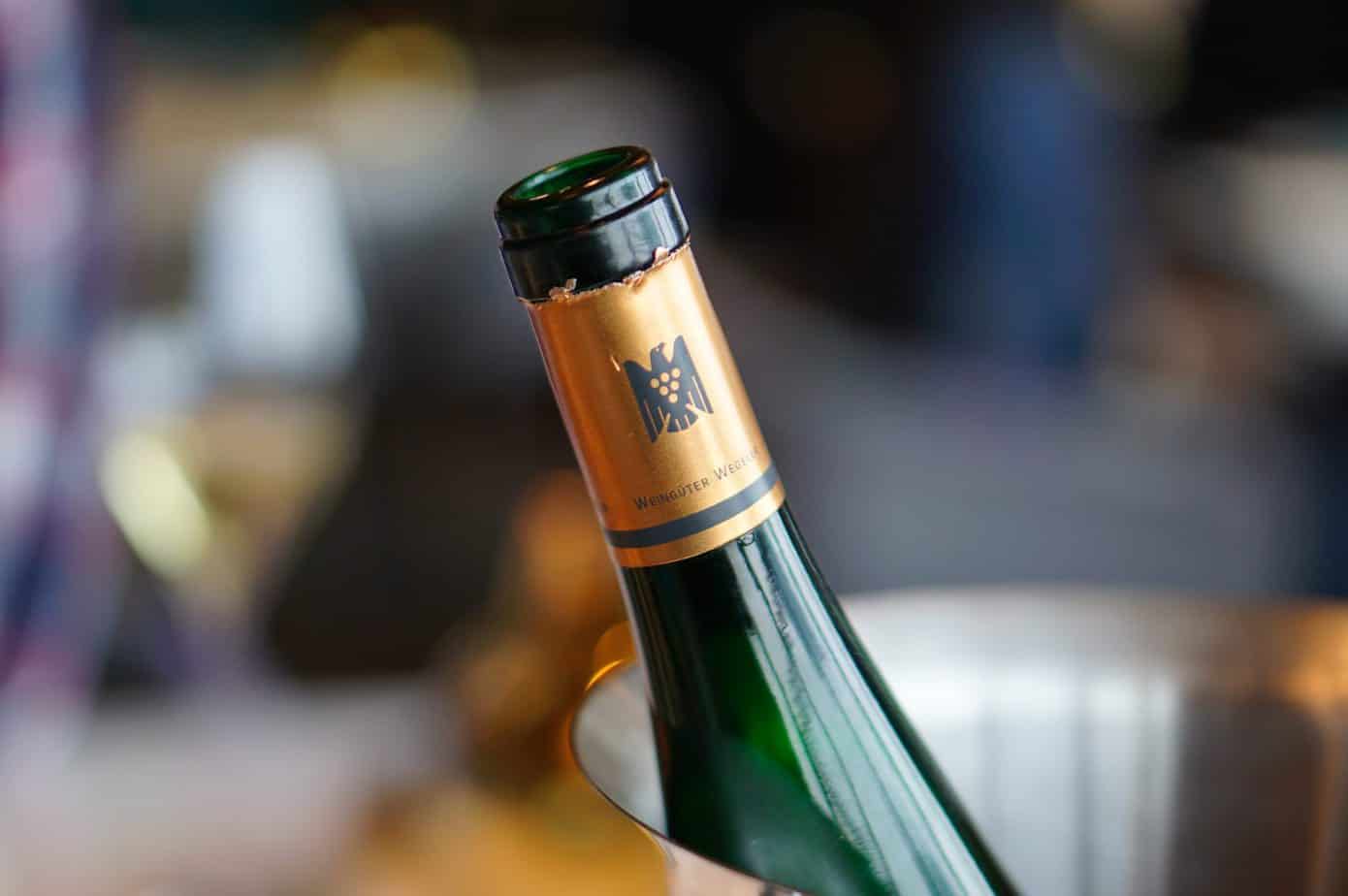
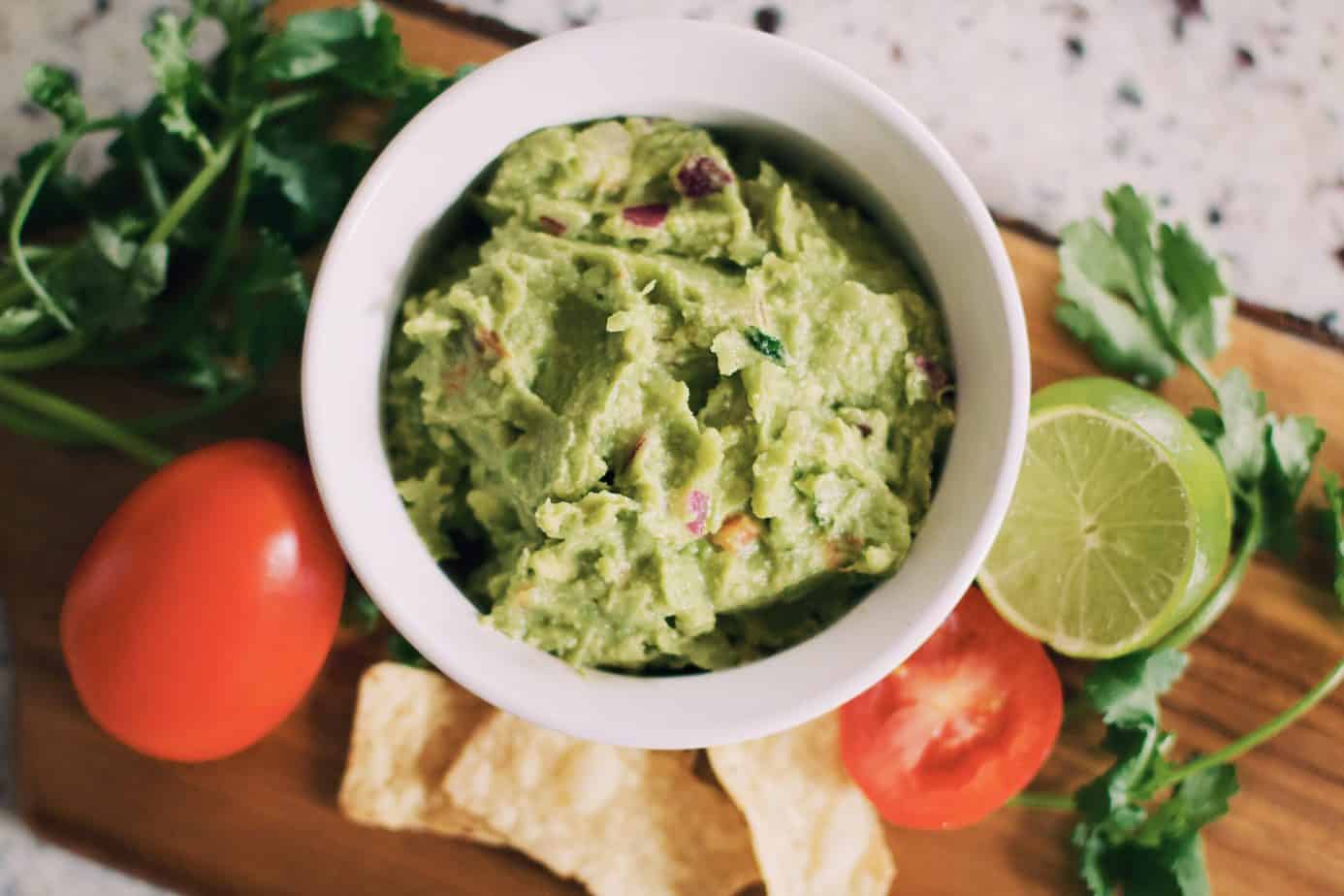
 How to Save Money on Back-to-School Shopping
How to Save Money on Back-to-School Shopping
I just bought one and can’t wait to use it for these very reasons.
You’re going to have so much fun!